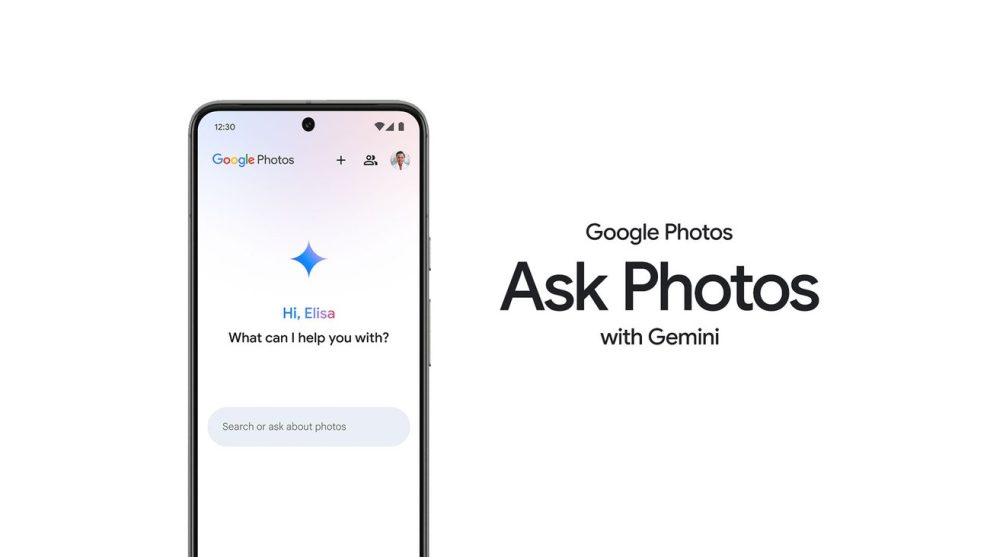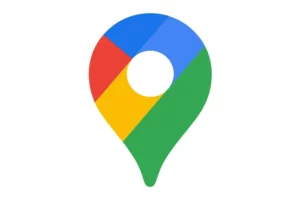Google has begun rolling out its highly anticipated “Ask Photos” feature to select users in the United States. This artificial intelligence-powered tool promises to transform how we interact with our digital memories, allowing users to search their photo libraries using natural language queries.
The wait is finally over for some Google Photos users who signed up for early access to the revolutionary “Ask Photos” feature. After opening a waitlist in September, Google has started a phased rollout of this AI-powered tool, marking a significant leap forward in photo management technology.
As of October 5, 2024, users across the country are reporting the appearance of “Ask Photos” in their Google Photos app. This server-side update is gradually making its way to both Android and iOS devices, ushering in a new era of intelligent photo organization and retrieval.
The “Ask Photos” feature replaces the traditional “Search” tab in the Google Photos app, offering a more intuitive and conversational approach to finding specific images. Here’s what users can expect:
1. Natural Language Queries: Users can ask complex questions about their photo library, such as “Show me Halloween costumes from the last five years” or “When did my child learn to swim?”
2. Personalized Results: The AI analyzes not just image content, but also metadata like dates, locations, and even relationships between people in photos.
3. Cross-Device Functionality: The feature works seamlessly across all devices linked to a user’s Google Photos account.
Sarah Chen, a tech analyst at Digital Trends, shared her excitement: “This is more than just a search upgrade. ‘Ask Photos’ is like having a personal photo librarian who knows your entire life story.”
Upon accessing “Ask Photos” for the first time, users are guided through a simple setup process:
1. Review of Feature Functionality: Users learn how the AI works and what data it accesses.
2. Data Verification: Ensure correct names are attached to people in photos.
3. Relationship Mapping: Set relationships for people and pets, prioritized by frequency of appearance.
John Martinez, an early adopter from San Francisco, described his experience: “The setup was surprisingly quick. It felt like the AI already knew so much about my photo habits.”
Initial reports suggest that “Ask Photos” excels in certain areas while still showing room for improvement in others:
Strengths:
– People and Places: The AI accurately identifies individuals and locations in photos.
– Relationship-based Queries: Questions about interactions with specific people yield precise results.
Areas for Improvement:
– Event Recognition: Some users report difficulty in finding photos from specific events.
– Temporal Accuracy: In some cases, the AI struggles with exact timelines of events.
Lisa Wong, a photography enthusiast from Chicago, shared her thoughts: “I was amazed when it found photos of me driving a boat last summer. But when I asked about my housewarming party, it seemed confused.”
While Google hasn’t revealed all the technical details, industry experts speculate on the advanced AI and machine learning algorithms powering “Ask Photos”:
1. Image Recognition: Sophisticated AI identifies objects, people, and scenes within photos.
2. Natural Language Processing: Allows the system to understand and interpret complex user queries.
3. Metadata Analysis: Utilizes information like timestamps and GPS data for more accurate results.
Dr. Rajesh Patel, an AI researcher at MIT, commented: “The integration of these technologies in ‘Ask Photos’ represents a significant leap in making AI accessible and useful in our daily lives.”
As with any AI-powered feature handling personal data, privacy concerns are at the forefront of users’ minds. Google has assured users that:
1. All processing occurs on-device or in secure cloud environments.
2. User data is not used to train the AI model for other accounts.
3. Users have full control over what data “Ask Photos” can access.
Emma Thompson, a digital privacy advocate, cautioned: “While the feature is impressive, users should remain vigilant about their privacy settings and understand what data they’re sharing.”
The introduction of “Ask Photos” signals a shift in how we interact with our digital memories. As AI technology continues to evolve, we can expect even more intuitive and powerful features in the future.
Industry analysts predict that competitors will soon follow suit, potentially leading to a new standard in photo management apps. This could include:
1. Enhanced video search capabilities
2. Integration with smart home devices for voice-activated photo retrieval
3. Advanced photo editing suggestions based on AI analysis
As the rollout continues, Google is expected to gather user feedback and make iterative improvements to the “Ask Photos” feature. Users who haven’t received access yet can still sign up for the waitlist through Google’s official channels.
A Google spokesperson stated, “We’re excited to see how users interact with ‘Ask Photos’ and look forward to expanding its capabilities based on their experiences.”
The launch of “Ask Photos” marks a significant milestone in the evolution of photo management technology. By harnessing the power of AI, Google has taken a big step towards making our vast digital photo libraries more accessible and meaningful.
As users begin to explore this new feature, it’s clear that “Ask Photos” is not just a tool, but a gateway to rediscovering forgotten moments and creating new connections with our personal histories. While there’s still room for improvement, the potential for AI to enhance our relationship with our digital memories is undeniable.
















Add Comment